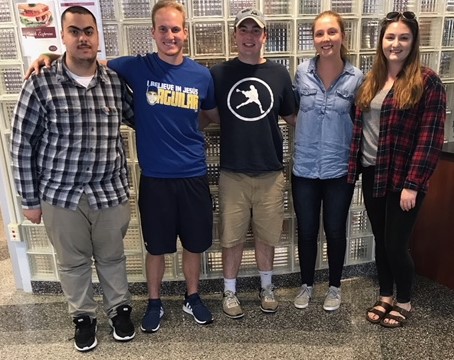Environmental Control Device for Long-Term Imaging of Microbial Communities
This project has been secured to protect intellectual property.
Login for More InformationProject Overview
Background: Microbial communities are essential to everyday life, regulating many of the biological processes seen in nature and the functions of microbes in all multicellular organisms. They can also cause destruction within many environments, for instance, due to the survival of drug-resistant bacteria or by invading the many systems used in the industrial development process. Researchers are always looking for new ways to monitor and understand the inter- and intraspecies interactions. As with any living organism, their ability to survive relies on contending with the surrounding species. These communities are currently being studied on a smaller scale, in most cases how a single microorganism interacts with another organism, with the goal of detecting patterns over the course of their growth. One way to monitor those patterns is to grow the microbial communities on agar pads, a solid media, and then study them closely to determine how the interactions observed could affect the community on a larger scale.
Problem: Monitoring those interactions on a long-term scale using agar pads causes many environmental fluctuations, as the amount of water cannot be held constant, resulting in evaporation of water and decreased rates of nutrient diffusion into the microorganisms. This leads to a decline in the growth rate of communities and changes in their natural spatial arrangement. Additionally, if the agar pad loses all water, the community dies, and all experimentation is over.
Possible Solutions: The client is asking for a device that monitors the water level on the agar pad and continuously supplies the environment with water to keep it consistent for long-term imaging. At the minimum, the device should consist of three main parts: a water-sensing unit, a feedback controller unit, and a water releasing unit. The device also needs to work in collaboration with the technology currently in use from the McClean Lab’s patterned lighting technology. The future prototype will include a peristaltic pump, a 3D printed water dispersal unit and a diode sensor.
Image

Contact Information
Team Members
- Molly De Mars - Team Leader
- Shannon Horel - Communicator
- Jacob Schmidt - BSAC
- Noah Bougie - BWIG
- Abdel Daoud - BPAG
Advisor and Client
- Dr. Ben Cox - Advisor
- Prof. Megan McClean - Client
Related Projects
- Spring 2020: Environmental control device for long-term imaging of microbial communities
- Fall 2019: Environmental control device for long-term imaging of microbial communities
- Spring 2019: Environmental Control Device for Long-term Imaging of Microbial Communities
- Fall 2018: Environmental Control Device for Long-Term Imaging of Microbial Communities
